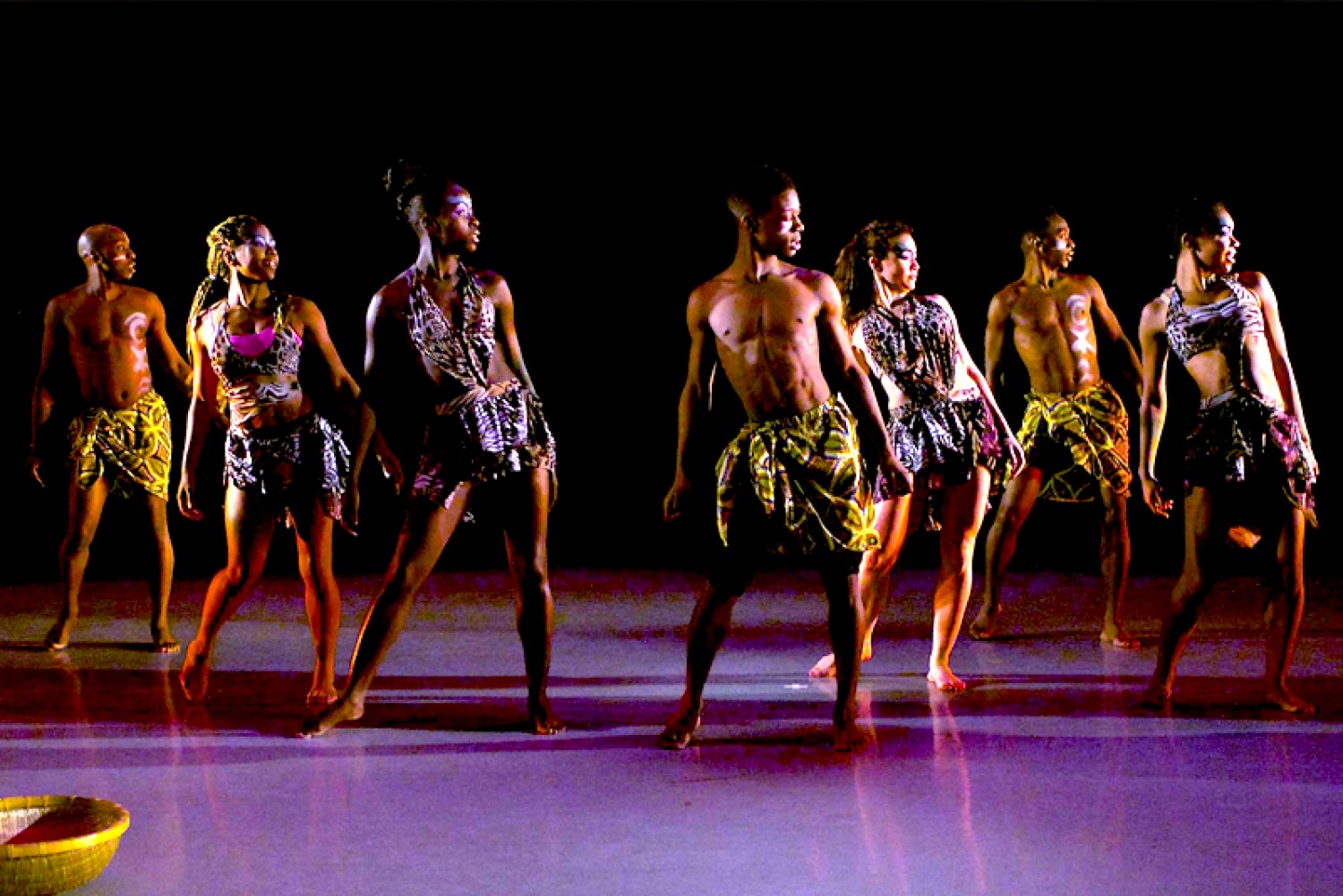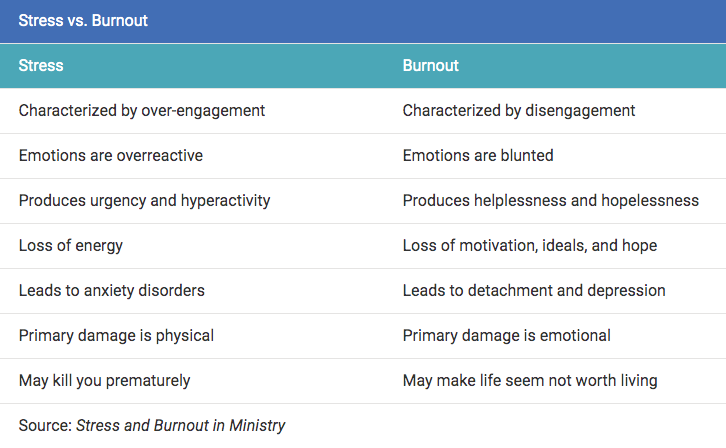Dancer’s Burnout: The Important Questions

So know you have a basic understanding of burnout (read this if you haven’t), and the two most common reasons why we feel it. Let’s focus today on the de-energized form of burnout, when we overwork our body to the point where it crashes.
Truth is, many people are burning out, and they don’t even know it. Burnout isn’t always something that walks up to you on the street and punches you in the face (because that’s just rude). Sometimes it sneaks up on you gradually, over time.
Obviously the sooner you can identify signs of potential burnout, the faster and more effectively you can recover back to you fabulous dance-loving self. But first it’s helpful to know…
Who is most at risk?
Perfectionists and over-achievers, I’m looking at you! Many students and even teachers often take the “no pain, no gain” approach, expecting dancers to power through the warning signs the body and brain are sending. You may find yourself having thoughts like “stop being so lazy” or “if I can just get through this practice, I’ll be fine”.
Know this: For your mind and body to function at it’s best, in dance and everything else, you must learn to listen to it. I’m not saying take a year off, but recognize the difference between the temporary tired feeling that comes after a workout, and the prolonged mental and physical exhaustion that says “you have not been paying enough attention to me.”
Obviously the better shape you are in, the more your body can take on higher workloads without complaint. Where most dancers run into trouble is when the workload suddenly increases beyond what the body is used to, in preparation for a competition, for example.
Adolescent dancers can be especially vulnerable, as their developing bodies are less resistant to high levels of intensity. According to the 2003 Proceedings from the Annual Meeting of the International Association for Dance Medicine and Science, “students who work more than 8.5 hours a week at age 14 increase the risk of overuse injuries. The same is true for 15-year-old dancers who work more than 10 hours a week.”
The instructor can also play a significant role, as having a supportive one provides a psychological source of strength when going through those endless drills. If your coach is using fear-tactics, enforcing military-style discipline, or otherwise being rude or unhelpful, consider finding another coach.
Burnout VS Stress
While both are unpleasant, stress always shows up before burnout. We often feel stressed when there is too much to do – for the dancer, balancing a busy work and home schedule with the pressures of rehearsal and upcoming performances can be a classic cause of this.
If the stress continues unabated, you can start feeling like you have nothing left to give. Apathy sets in, as you start feeling like the stress and turmoil will never go away. You may find you start pulling away from others, avoiding responsibilities you would normally tackle with gusto, and getting sick or injured more frequently. THAT’S burnout.
The following table really hits it on the head:

How do I deal with it?
Get that butt to bed! There’s no substitute for taking the time to recover following a strenuous rehearsal regime or competition circuit. In fact, it’s a crucial part of making sure your perform at your best.
In the report Burnout in Dance: The Physiological Viewpoint (see link below), exhausting exercise was linked to poor concentration, lowered maximum muscle strength, and increased risk of injury and disease. Other studies have connected burnout with poorer movement quality and memory, while improving resilience to stress.
Rest doesn’t have to just mean sleeping more. It may also include time in the sauna, hydrotherapy, massage therapy, counseling, low-impact movements like Pilates or yoga, or simply connecting to a quiet hobby, like painting.
Even after getting enough rest, burnout relapse can occur about three months after you resume dancing. You can avoid this by dancing at a reduced level for up to four months. In general, try to avoid any sudden increase in physical activity – if there’s a performance on its way, start scaling up now to prepare.
Eating healthy, with plenty of good calories, vitamins, and iron can play a major role too, as all of these have been linked to burnout. These play an important role in boosting the immune system too.
Finally, and as we talked about last week, it’s also important to have a strong why for your dancing. Do you love music, and expressing it in your body? Is connecting with another individual or team the most amazing experience? Spend some time meditating on what moves you, and it will help protect your mind from the stresses of daily life.
Works Cited
https://www.verywellmind.com/stress-and-burnout-symptoms-and-causes-3144516
https://www.helpguide.org/articles/stress/burnout-prevention-and-recovery.htm
https://www.researchgate.net/publication/32116250_Burnout_in_Dance_the_physiological_viewpoint
https://dancingopportunities.com/how-much-is-too-much-dancers-and-the-risks-of-burnout/
https://ausdance.org.au/articles/details/how-dancers-avoid-burnout
About the Author
Ian Crewe has been dancing ballroom for over 18 years, and has a Licentiate in American smooth and rhythm. His passion for dance eventually led him to blogging and the World Wide Web. Ian currently teaches at the Joy of Dance Centre, Toronto, ON, Canada.

